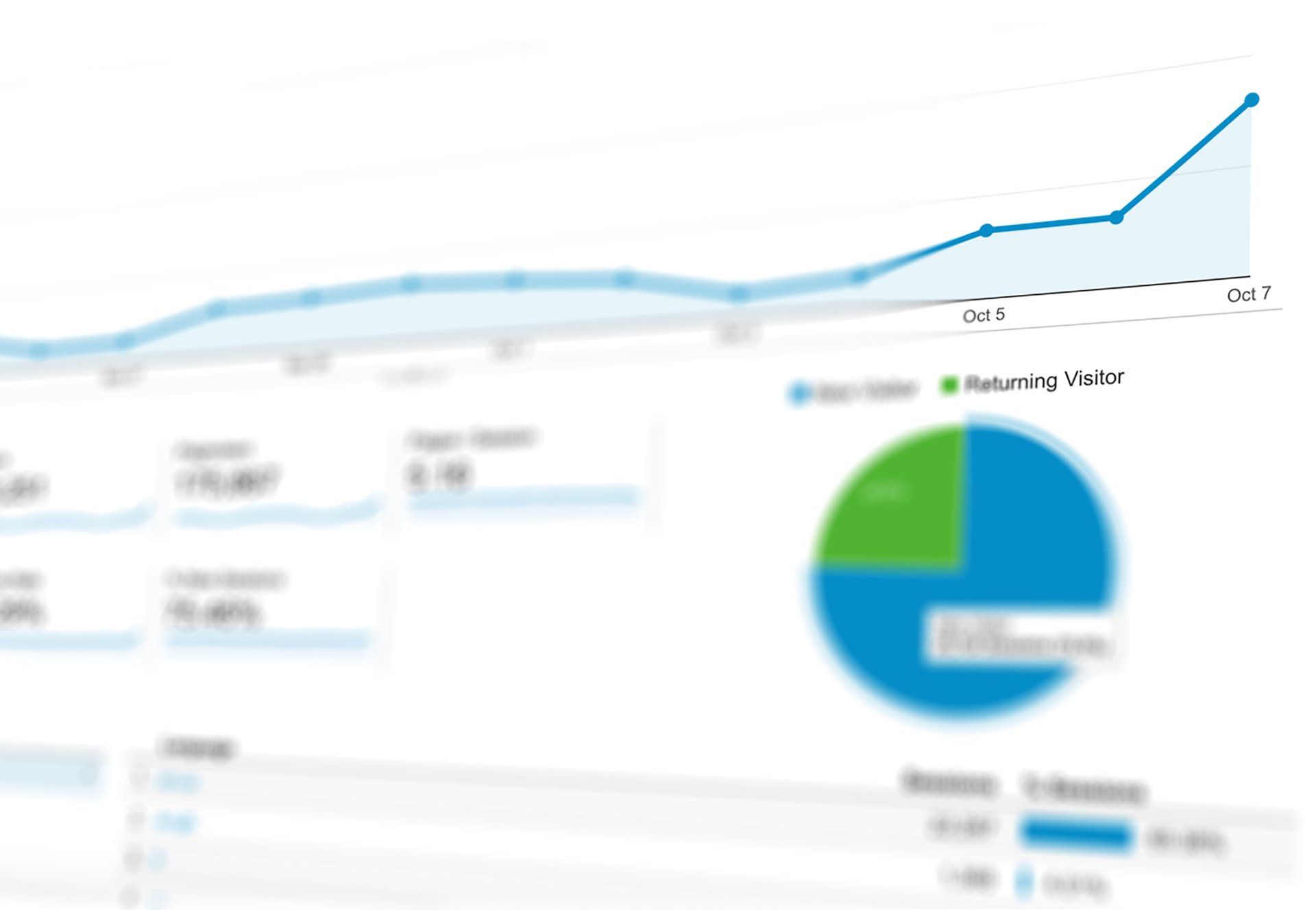Mastering Website Analytics and Tracking Pixels: Your Ultimate Guide
Too long and didn't read?
Call us and find out how we can set this up for you!
Unveiling Essential Free Tracking Tools
Website tracking involves systematically collecting and analysing user interactions on your website. At the heart of this effort are tracking pixels, small snippets of code that manage data and transmit it to tracking tools. This enables businesses to unveil user behaviours and patterns.
The Strategic Importance of Tracking
The significance of website tracking surpasses mere data collection. Through the utilisation of insights obtained from monitoring, businesses can:
- Customise their content to align with user preferences and behaviours.
- Identify high-performing pages and optimise content accordingly.
- Analyse conversion funnels to streamline user journeys.
- Make data-backed decisions to enhance the effectiveness of marketing campaigns.
- Optimise advertising efforts and monitor their success to achieve maximum ROI.
Most common tracking tools
Google Analytics (GA4): Unleash the power of insights
Google Analytics GA4 provides a comprehensive view of user behaviour, from page views to button clicks. It introduces event-based tracking, allowing you to monitor user interactions with precision. The advanced cross-device reporting enables you to understand user journeys across various platforms.
Google Search Console (GSC): Master Your Search Visibility
GSC offers invaluable insights into how your website performs on Google search. Understand the keywords users employ to find your site, assess your click-through rates, and address any indexing issues that might impact your search visibility.
Facebook Pixel: Precision in Social Media Advertising
The Facebook Pixel seamlessly connects user actions on your website with your Facebook ad campaigns. It offers conversion tracking, retargeting capabilities, and detailed insights into user behaviour, empowering you to optimise ad targeting for maximum impact.
LinkedIn Tracking: Professional Insights for B2B
LinkedIn Tracking, known as Insight Tag, allows you to understand the professional demographics of your website visitors who engage with LinkedIn content. This is especially valuable for B2B businesses looking to refine their marketing strategies.
Google Tag Manager (GTM): Your Centralised Tracking Hub
Google Tag Manager is a game-changer in the world of tracking. It is a centralised control centre for deploying and managing tracking pixels without altering your website's code. GTM simplifies the process, reduces errors, and enables you to create events and conversions easily.
Most advertising platforms allow you to track your ad campaigns and how your audience interacts with your content. There are many other platforms such as Redditt, Pinterest, TikTok, X (formerly Twitter) and more. Follow their docs or contact us to help you assist with your website tracking.
Setting Up Tracking Tools: A Step-by-Step Guide
Google Tag Manager:
- GTM should be the first thing for you to create to manage all your tracking pixels.
- Create a GTM account by visiting https://tagmanager.google.com/
- Setup a new container for your target platform e.g. web
- Install the code on your website
- You can find the installation code by visiting the "Admin" tab or by clicking you GTM container id shown on the top navigation bar if you are in "Workspace" tab.
- Learn more about Google Tag Manager here: https://support.google.com/tagmanager/community
Google Analytics GA4:
- Login or create a new Google Analytics account by visiting: https://analytics.google.com
- Create a GA4 account and a new web property for your website or app if you don't have one.
- Add the tracking code by following instructions on the code installation section or simply add your measurement ID to GTM.
Google Search Console:
- Login with your Google account by visiting: https://search.google.com/search-console/about
- Add your website and verify ownership.
- There are many four ways to verify the ownership. You can either verify your website by upload a HTML file to your server, by adding a html tag to your site's homepage, by using Google Analytics, GTM or by updating your DNS records.
- Once verified, you can upload your website's sitemap and let Google crawl the pages.
- It may take a few days for you to see any data.
- Monitor website performance, track keywords, and fix any indexing issues.
Facebook Pixel:
- Create a Facebook Business Manager account if you don't have one by visiting https://business.facebook.com
- Go to Data Sources > Datasets.
- Create a new dataset
- Make sure you add people or partners who need access to this dataset and connect your Facebook ad account.
- Open it in events manager by clicking the button listed in the top right hand corner.
- Choose the way you want this dataset to collect data and find the installation code.
- You can install the tracking code via GTM or directly embedding it to your website head.
LinkedIn Tracking:
- Create a new ad account or login into existing ad account https://www.linkedin.com/campaignmanager/accounts
- From the left navigation bar on a desktop go to Analyze > Insight Tag.
- Generate the Insight Tag and choose options on how to install the tag.
Using Google Tag Manager (GTM) to install the code for multiple platforms can help avoid accidentally breaking your website code. It also makes creating events, triggers and versions of each installation easy. If you accidentally install the wrong code or create a redundant event, you can always go back to a previous version.
Optimising Tracking for Maximum Impact
Strategic Implementation:
- Balance data collection with user experience to avoid overwhelming visitors.
Data Interpretation:
- You can regularly look over your tracking data to fine-tune your strategies.
Privacy Compliance:
- Adhere to data protection regulations and offer users opt-out options.
Thorough Testing:
- Validate tracking implementation to ensure accurate data collection.
Conclusion: Empower Your Online Journey
Becoming proficient in website analytics and tracking pixels is a significant undertaking that yields transformative results. By leveraging powerful tracking tools, you acquire the capacity to make well-informed decisions, enhance your content and marketing strategies, and actively engage your audience through personalised experiences. As you embark on this data-driven journey, you must recognise that effective tracking involves collecting and utilising data to shape a superior online presence.










